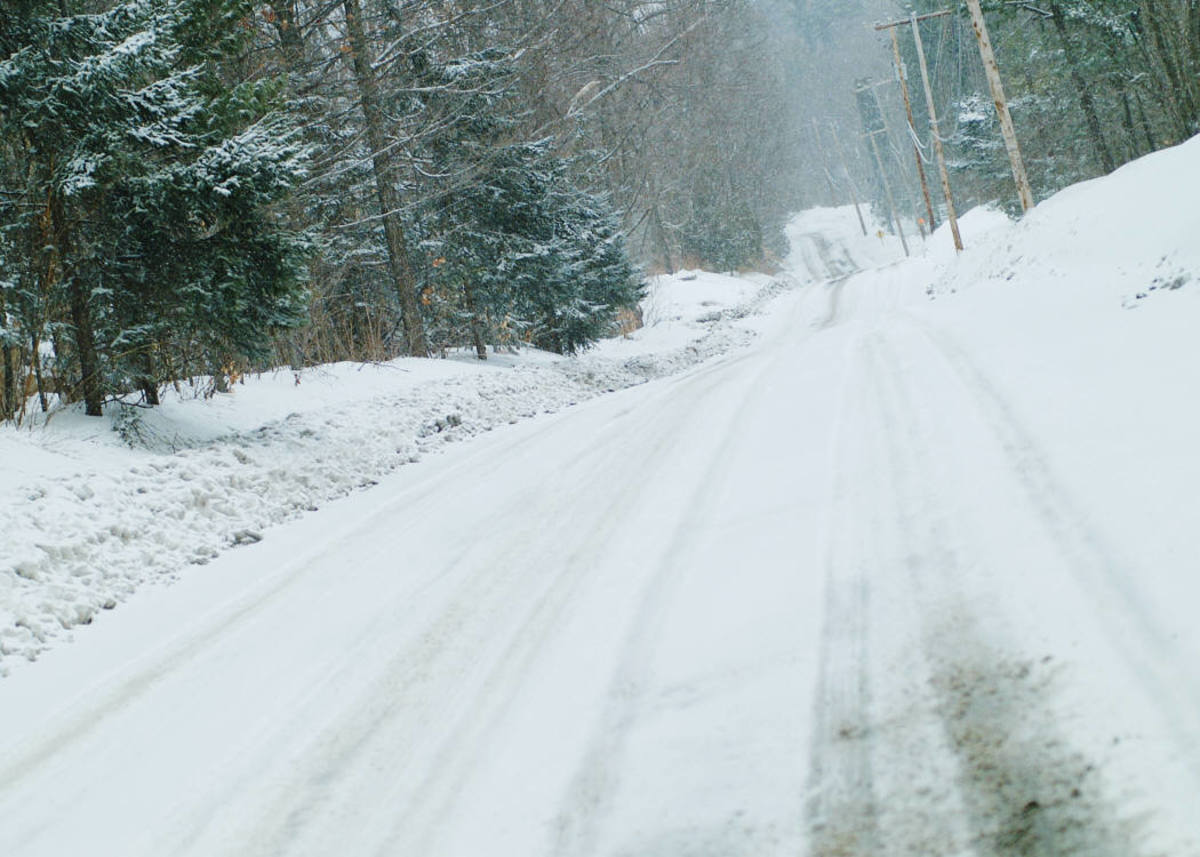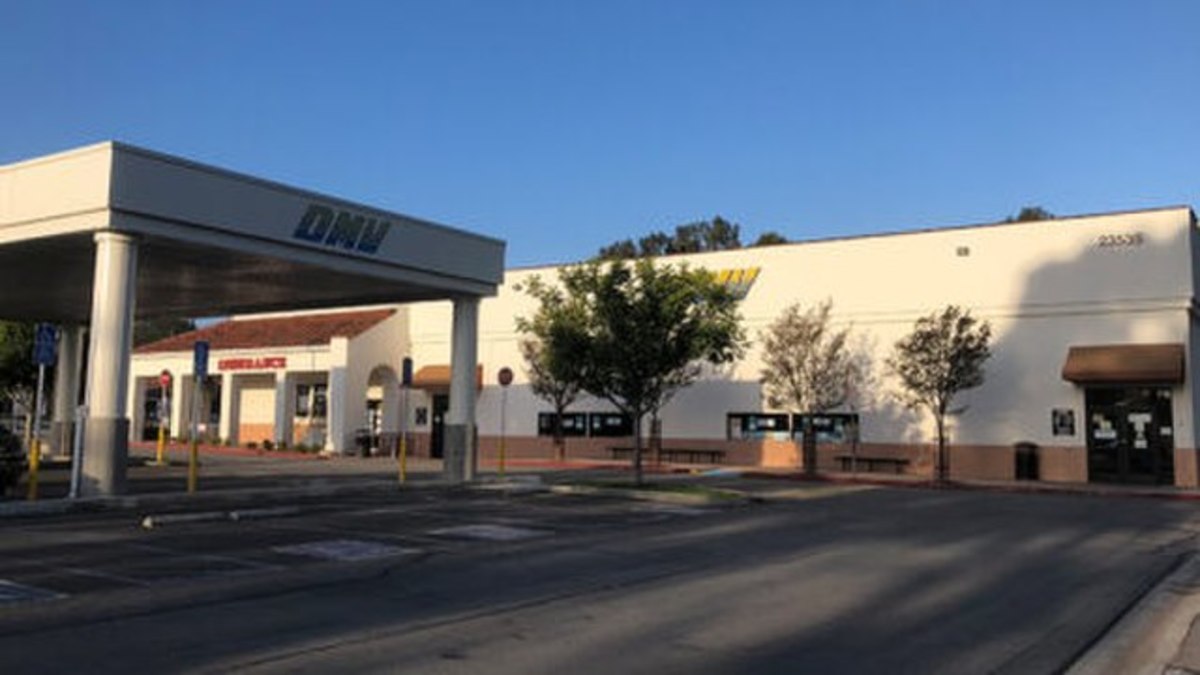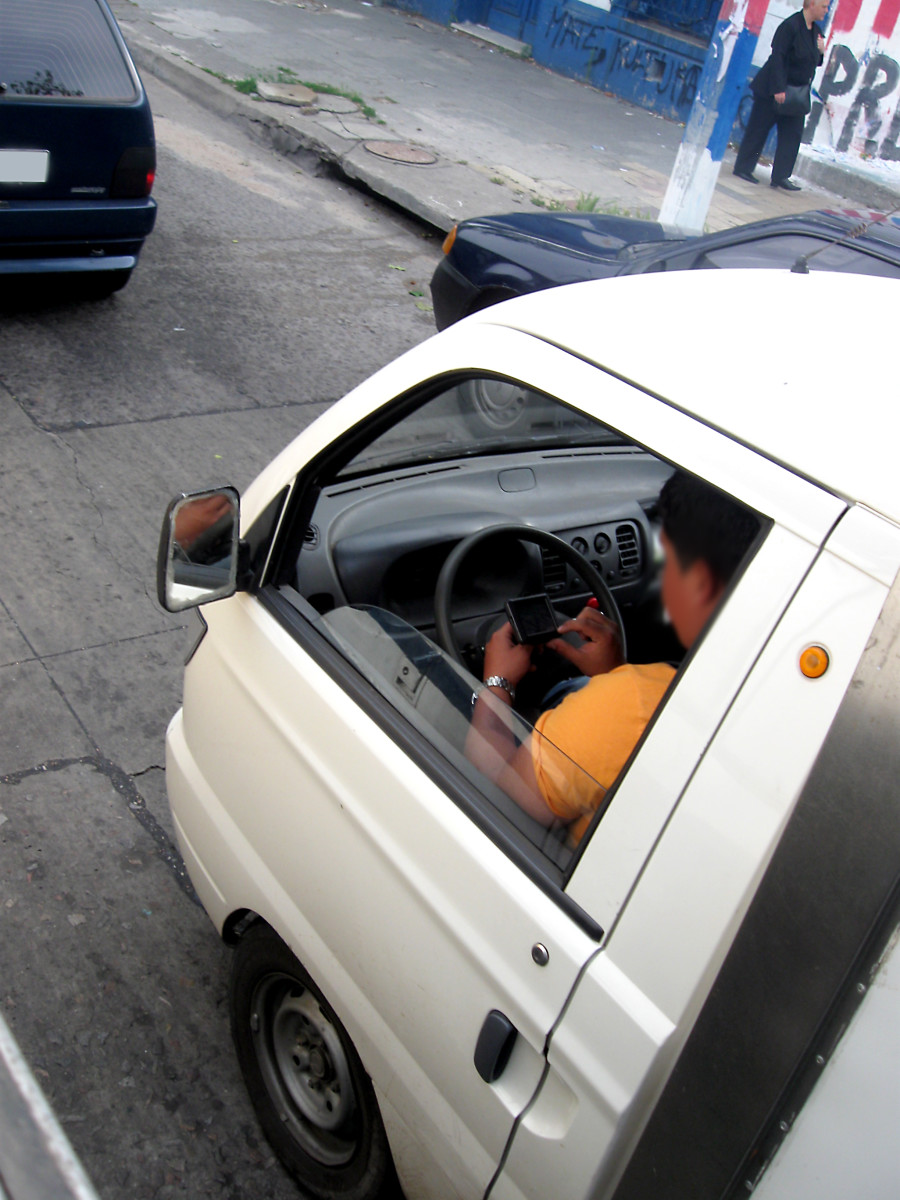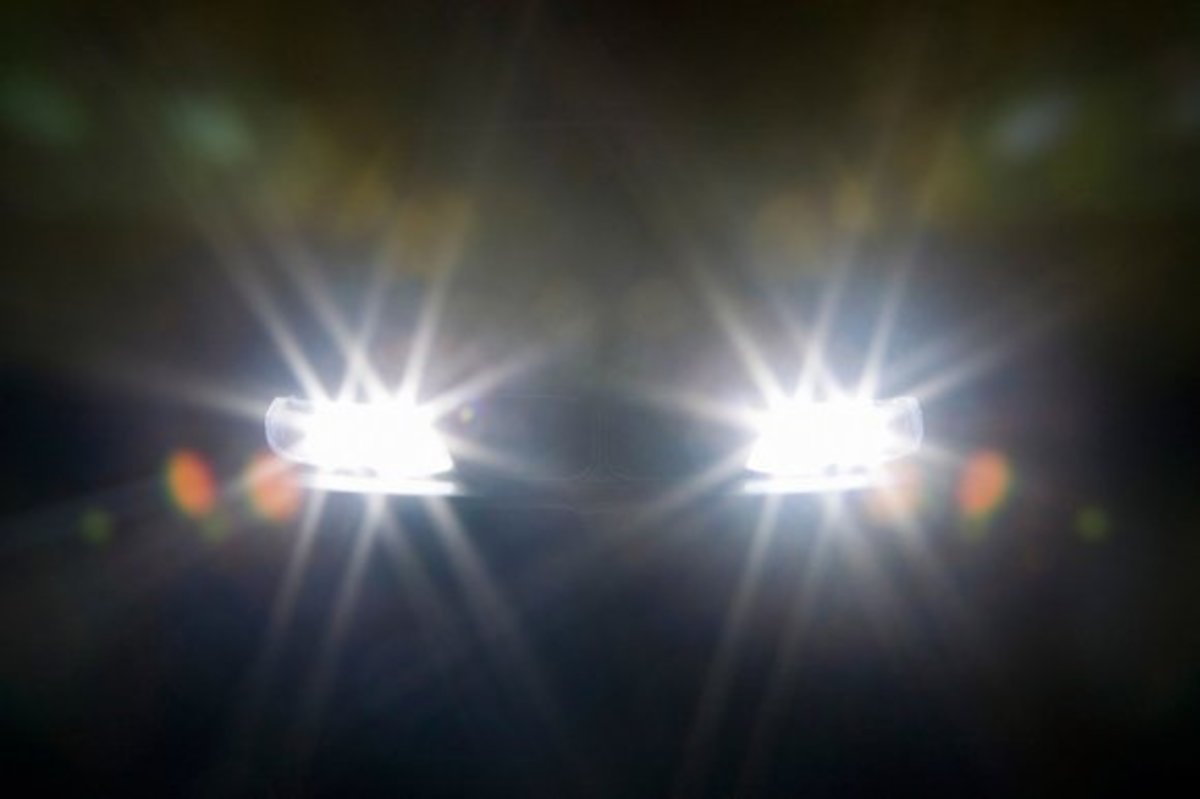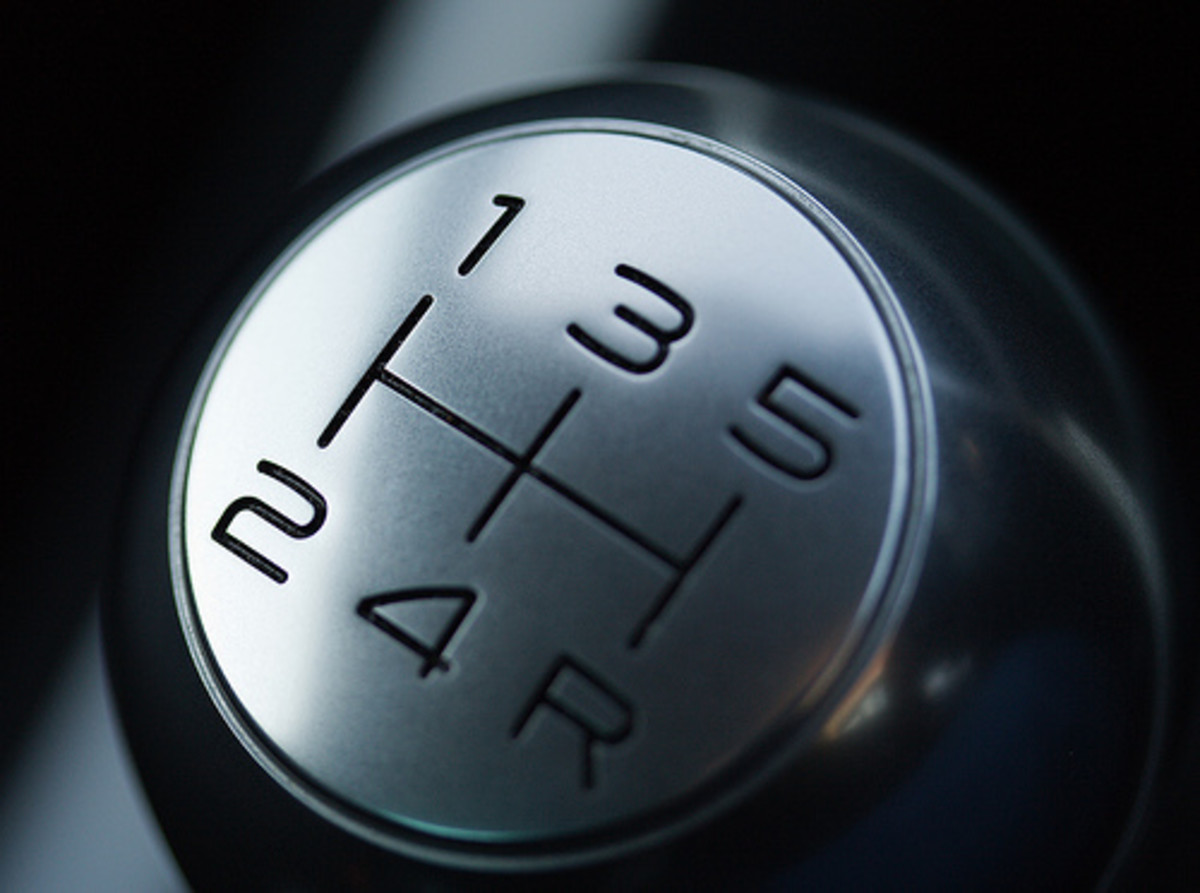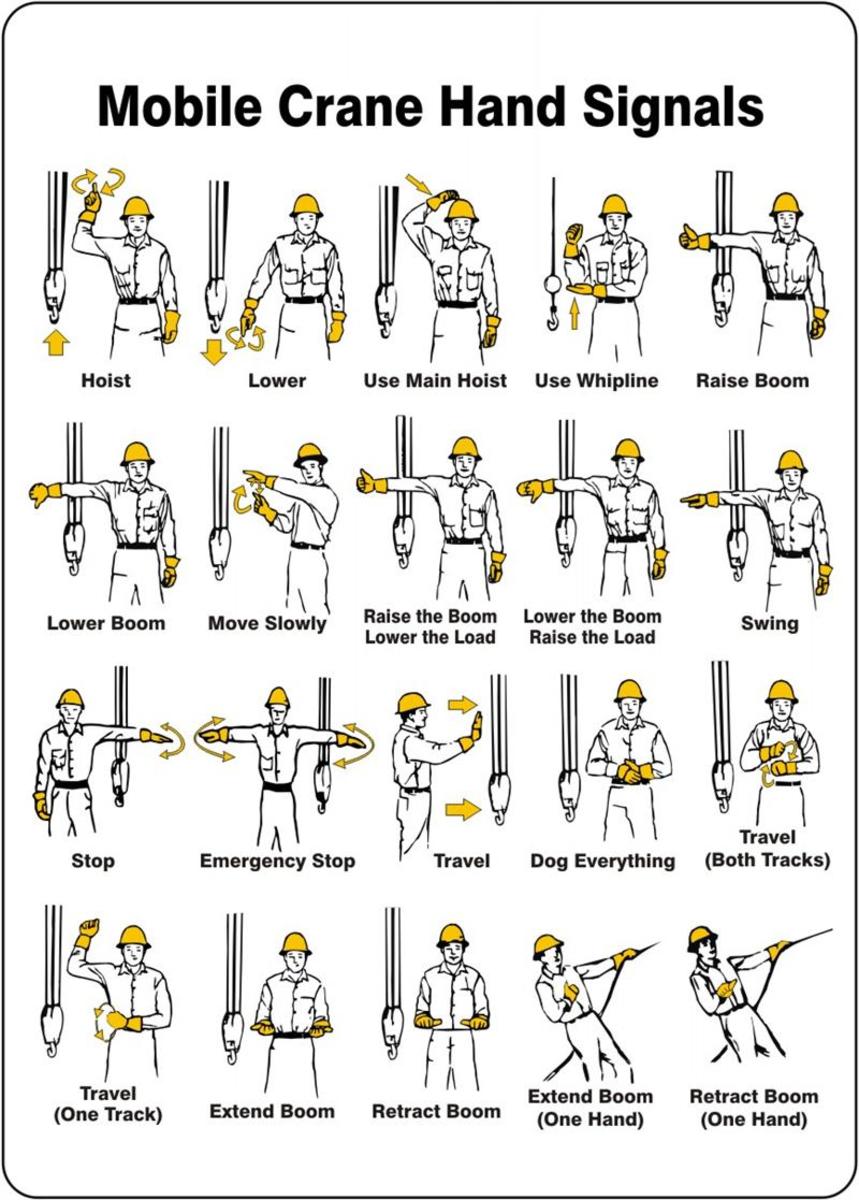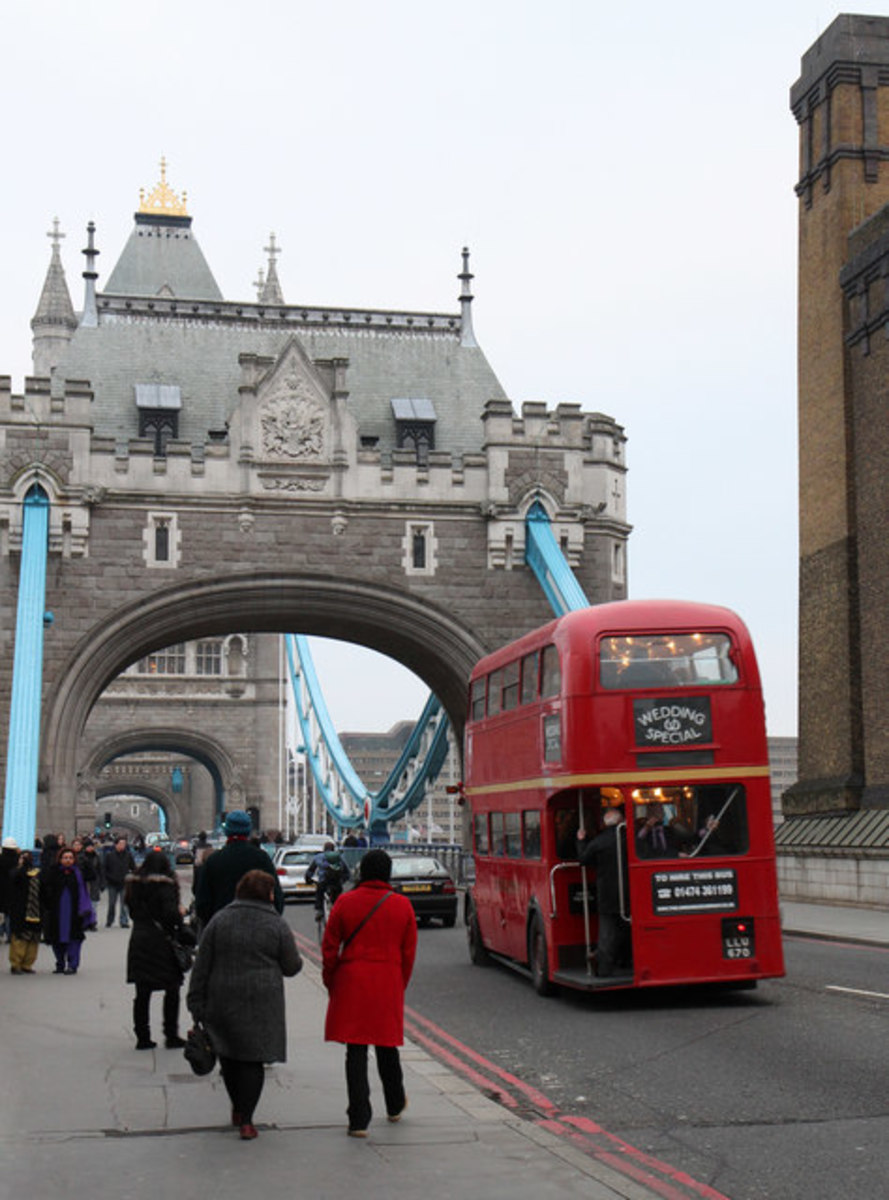Safe Driving--Stopping Safely
The Driving Privilege
From the early teen years, most people are eager to learn to drive. It marks a major milestone on the path to being an adult. (Parents may be somewhat less enthusiastic.)
There are always the usual, obligatory wisecracks, "Oh, no! Little Bobby got his learner's permit; clear the sidewalks!" Jokes aside, driving a car does carry with it a heavy load of responsibility. Most vehicles weigh in at around a ton or a ton and a half, some are upwards of two tons.
That's enough weight, combined with any speed, to do serious damage to property and take lives. We see such stories on the TV news almost nightly. Yet, there seems to be a curious sense of denial present in nearly everyone, of, "That only happens to other people; it won't happen to me." .
Well, I'm sorry to burst your bubble, but it can, and it probably will at some point in your driving career. That's not to say it will be your fault--you could end up simply the victim of someone else's carelessness. That doesn't make it any less traumatic. Then again, if you are the one not paying attention, trying to show off for friends (bad idea!), it could be your fault.
What we all must realize, and what must be hammered home to these eager youths, is that driving is a privilege, and not a right.
Following Distance
Part The First:
For many years (back in the dark ages when I was learning to drive), the way we were taught how to stay a safe distance behind the car in front was to visualize "car lengths." It was stated this way: "For every 10 miles per hour of speed (mph), remain 1 car length away from the car in front of you." So, at 10 mph, you need to leave space for one car; at 30 mph, space for 3 cars, and at 60 mph,(freeway speed), you need space for 6 cars between you.
This formula was based upon mathematical calculations and the laws of physics about how much distance is required to bring a vehicle weighing x pounds and traveling at xx mph to a stop.
The problem with that was, it becomes too difficult to visualize exactly how much distance "a car length" is, (let alone multiple car lengths). Plus, as years went on, cars began to be smaller, so the effective safety margin was also reduced. Maybe smaller, lighter cars can stop in a shorter distance, but the problem remains that there are many different sizes of cars on the road. So, what kind of car-length were you talking about? Your grandpa's old 'land yacht,' nearly 20 feet long? Or a (then new) VW Bug?

Part the Second:
Now, there are new guidelines. Instead of trying to visualize car lengths, (which in itself could be called 'distracted driving'), we are given time over distance estimates. The general rule is, allow 1 or 2 seconds distance on local streets, and 3 or 4 seconds distance at freeway speeds.
Here's how it works: you watch the car ahead of you as it passes some landmark, such as a utility pole, street sign or fire hydrant. As soon as its rear bumper has cleared, you begin counting off seconds, until you reach that same point, saying aloud, "one-thousand one; one-thousand two..." etc. (That way of counting takes just about one second of time to say, so it's a good substitute for using a stopwatch, which you sure don't want to do while driving.)
If you count less than the requisite number of seconds for the type of driving; back off--you are following too close. If you are further back--that's fine. There's no need to close the gap--some other driver will be more than happy to cut in front and be the fool to follow too close. Let them get the ticket or have the accident!
Remember this:if you run into someone from the rear, you will be found to be the one at fault, no matter what other circumstances you might think came into play.
How To Stop
I'm sure I can hear everyone saying, "What is she talking about?! You step on the brake--it's like the second thing you learn after where the gas pedal is!"
Well, not so fast. Remember what I said about following distance, and who's at fault if you hit someone in the rear? Yeah. That. Keep it in mind.
Let's begin with how not to stop:
Let's say you are stopped at a red light, and are the second car in line. You pull up right behind the car ahead, and stop. So far, so good. Now, suppose a third car comes up behind you, and the driver is not paying attention. Too late, he spots the red light, and slams on the brakes. But, there was not enough room, and BANG! He's right into the back of your car! Damn! Bummer!
That's not the end of the problem, though. Because you were right up behind the car in front of you, the impact shoves you ahead, despite your foot being firmly on the brake pedal, and you then slam into the car in front. Oops! Now you have three problems:
- Your car is totalled--an accordion sandwich
- You get a ticket for following too close
- A nightmare tangle of insurance and police paperwork and possibly court time
I know exactly what you're thinking now. "Now, hold the phone here! Whaddya mean, 'following too close?!' We weren't even moving--we were stopped at a light--how is that 'following' anyone?"
Yep. But, that's exactly how the law looks at it. You are out in traffic, operating your vehicle, and you failed to allow for such an incident, so 'following' too close. It's true--it happened just that way to my former son-in-law.
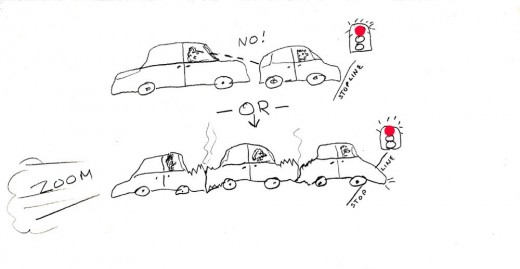

Now, we'll continue with how to stop:
Since we're on the Internet, and not on the road, we get a do-over. We'll re-set the scene from above, and help you avoid that ugly incident.
The proper way to stop at a light or stop sign is this: stay back far enough so you can still see the point where the tires of the car in front of you meet the road, after you are stopped. This gives you some wiggle room. If there is an idiot who slams into you from behind, you stand far less of a chance of being shoved into the car ahead of you, and you might (depending on other traffic) have room to steer out of that lane into a clear spot.
Better Not Do It To Me....
If you should find yourself behind me when I am stopped, or approaching a stop, and if I percieve you are coming up too fast, and going to end up right on my rear bumper, I will let you know: I'll flash the heck out of my brake lights in an attempt to say, "Slow down; back off; stop, now!"
We've been hit from behind three times, now, in exactly these same circumstances, and let me tell you, it gets old really quickly! (Luckily, we were stopped an appropriate distance from the car in front of us, and on the worst one, we were the first car in line.)
So don't make me climb out and practice my karate on you for running into me: I won't be in a good mood.
Please remember, then: stop back far enough to allow for the unforeseen, the unexpected, and the undesired event, and you just might avoid having it happen to you. With as many cars and drivers as there are on the roads these days, the sad fact is for most people, it is not a matter of if they will have an accident, but when. As I told my daughter while teaching her to drive a stick shift, the best gift you can give yourself if your number comes up, is being able to know it was not your fault.

